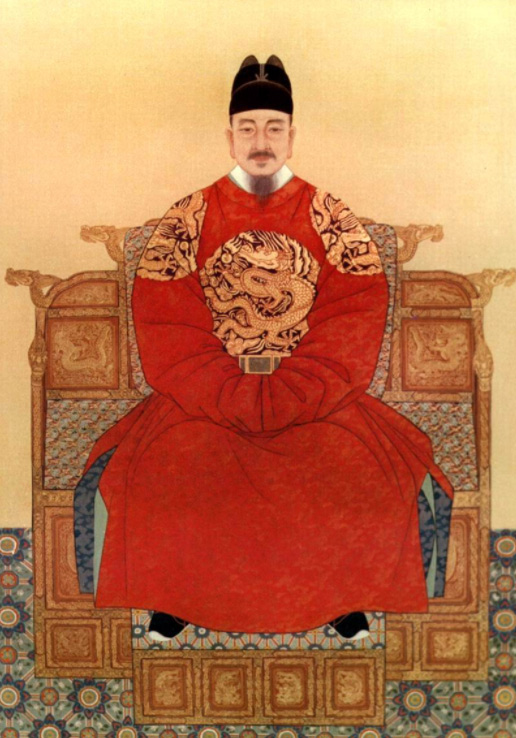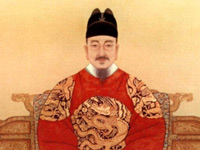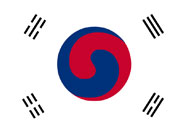Sejong the Great (1397-1450)

Sejong the Great (15 May 1397 – 8 April 1450) was the fourth king of Joseon-dynasty Korea. He was the third son of King Taejong and Queen consort Min. He was designated as heir-apparent, Crown Prince, after his older brother Jae was stripped of his title. He ascended to the throne in 1418. During the first four years of his reign, Taejong governed as regent, after which his father-in-law, Sim On, and his close associates were executed.

Sejong reinforced Confucian policies and executed major "legal amendments" (공법; 貢法). He also created the Korean alphabet Hangul, encouraged advancements of scientific technology, and instituted many other efforts to stabilize and improve prosperity. He dispatched military campaigns to the north and instituted the Samin Policy (사민정책; 徙民政策) to attract new settlers to the region. To the south, he subjugated Japanese raiders and captured Tsushima Island (known as Daemado in the Korean language).
During his reign from 1418 to 1450, he governed from 1422 to 1442 and governed as regent with his son Crown Prince Munjong until his death in either 1442 or 1450.
Although the appellation "the Great" / "(대왕;大王)" was given posthumously to almost every ruler of Goryeo and Joseon, this title is usually associated with Gwanggaeto and Sejong.
HISTORY

RESOURCES
This article uses material from the Wikipedia article "Sejong the Great (1397-1450)", which is released under the Creative Commons Attribution-Share-Alike License 3.0.
© Stories Preschool. All Rights Reserved.








